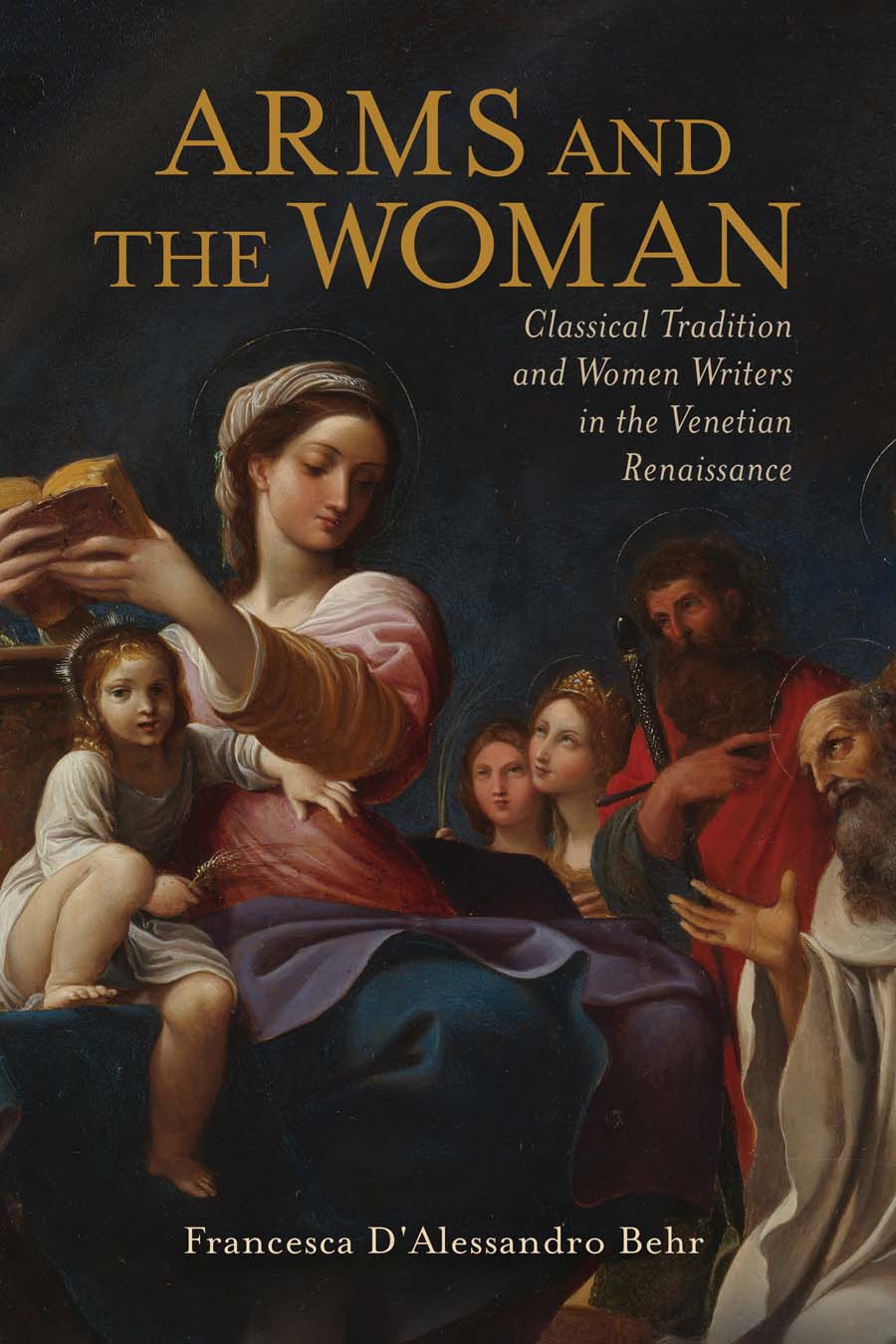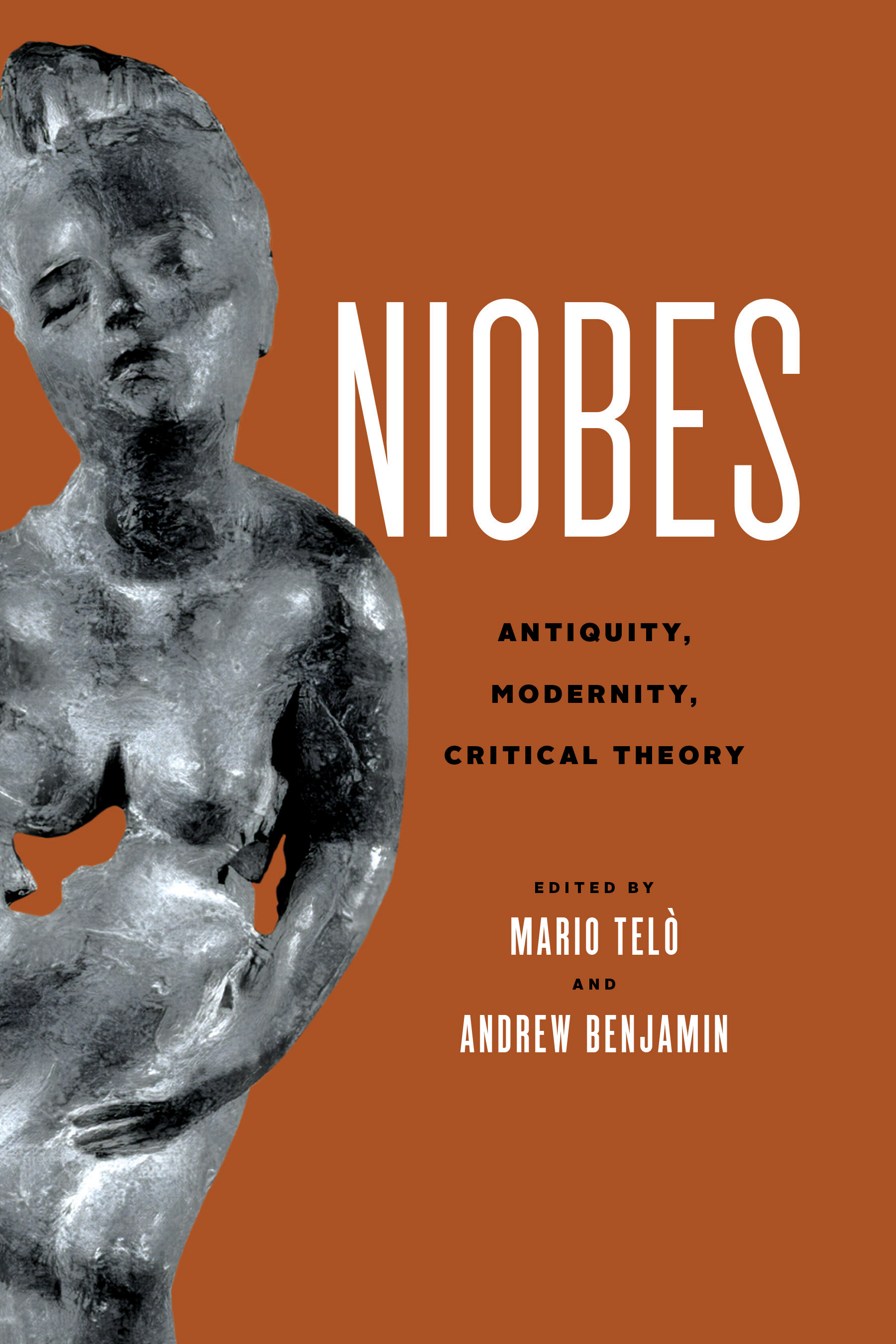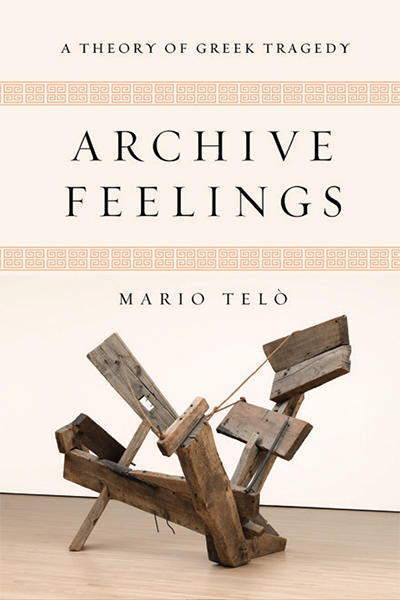“An ambition collection of responses to Niobes from antiquity to the present day....this is a challenging book, perhaps emotionally and politically, as well as intellectually, and is the better for that.” —Rhiannon Easterbrook, Greece & Rome
“As a cohesive unit, [Niobes] presents approaches from an essayistic perspective...The authors explore classical and contemporary poems, iconographic representations, operas, and philosophical and aesthetic reflections on the mythic figure of Niobe...allow[ing] readers not only to appreciate the extent of Greek myths’ influence on Western culture, but also to reflect on human vulnerability in the face of divine cruelty.” —Cecilia Perczyk, Bryn Mawr Classical Review
“This volume is the first attempt to host Niobe’s polysemous and polyphonic receptions in one book, and the result is an intellectually stimulating and immensely enjoyable piece of scholarship...the book is an excellent tribute to Niobe’s multifaceted entanglements.” —Zina Giannopoulou, The Comparatist
“Niobes repeatedly stopped me in my tracks, to think, to re-read, and even to mourn. Each essay is beautiful and devastating. For thoughtful classicists and comparatists, this collection offers a new model of what the study of myth and its reception can achieve.” —Shane Butler, author of The Passions of John Addington Symonds
“This brilliant book establishes Niobe as a decisive figure for understanding the historical, philosophical, ethical, and ecological relation of human precarity to divine cruelty. Highly recommended for its transdisciplinary and fearless approaches to Greek myth and its afterlives.” —Karen Bassi, author of Traces of the Past: Classics Between History and Archaeology
A marginalized but persistent figure of Greek tragedy, Niobe, whose many children were killed by Apollo and Artemis, embodies yet problematizes the philosophically charged dialectics between life and death, mourning and melancholy, animation and inanimation, silence and logos. The essays in Niobes present her as a set of complex figurations, an elusive mythical character but also an overdetermined figure who has long exerted a profound influence on various modes of modern thought, especially in the domains of aesthetics, ethics, psychoanalysis, and politics. As a symbol of both exclusion and resistance, Niobe calls for critical attention at a time of global crisis.
Reconstructing the dialogues of Phillis Wheatley, G. W. F. Hegel, Walter Benjamin, Aby Warburg, and others with Niobe as she appears in Aeschylus, Sophocles, Ovid, and the visual arts, a collective of major thinkers—classicists, art historians, and critical theorists—reflect on the space that she can occupy in the humanities today. Inspiring new ways of connecting the classical tradition and ancient tragic discourse with crises and political questions relating to gender, race, and social justice, Niobe insists on living on.
Contributors:
Barbara Baert, Andrew Benjamin, drea brown, Adriana Cavarero, Rebecca Comay, Mildred Galland-Szymkowiak, John T. Hamilton, Paul A. Kottman, Jacques Lezra, Andres Matlock, Ben Radcliffe, Victoria Rimell, Mario Telò, Mathura Umachandran, Daniel Villegas Vélez
Mario Telò is Professor in the Departments of Rhetoric, Comparative Literature, and Ancient Greek and Roman Studies at the University of California, Berkeley. He is the author, most recently, of Archive Feelings: A Theory of Greek Tragedy; Greek Tragedy in a Global Crisis: Reading through Pandemic Times; and Resistant Form: Aristophanes and the Comedy of Crisis.
Andrew Benjamin is Honorary Professorial Fellow in the Faculty of Arts at the University of Melbourne and Emeritus Professor of Philosophy at Monash University. He is the author of numerous monographs, including The Plural Event: Descartes, Hegel, Heidegger; Present Hope: Philosophy, Architecture, Judaism; Virtue in Being: Towards an Ethics of the Unconditioned; and Art, Mimesis and the Avant-Garde.
Contents
Acknowledgments
Introduction: Critical Encounters with Niobe
Mario Telò
Part 1 An-archic Beginnings
Chapter 1 Niobe’s Hypermaternity
Adriana Cavarero
Chapter 2 Nihil Est in Imagine Vivum
Rebecca Comay
Chapter 3 Niobe’s People: Ambiguous Violence and Interrupted Labor in Iliad 24
Ben Radcliffe
Part 2 Around Ovid
Chapter 4 Philosophers’ Stone: Enduring Niobe
Victoria Rimell
Chapter 5 Niobe’s Tragic Cryo-Ecology
Mario Telò
Chapter 6 Tears from Stone
John T. Hamilton
Chapter 7 Shadow and Stone: Niobe between Platonism and Stoicism
Andres Matlock
Part 3 Art and Aesthetics
Chapter 8 The Weeping Rock: Paragone, Pathosformel, and Petrification
Barbara Baert
Chapter 9 Schelling’s Niobe
Mildred Galland-Szymkowiak
Chapter 10 The More Loving One: On Post-Melancholic Life
Paul A. Kottman
Chapter 11 Niobe’s Nomoi
Daniel Villegas Vélez
Part 4 Philosophy, Poetry, Social Justice
Chapter 12 Niobe between Benjamin and Arendt—and Beyond
Mathura Umachandran
Chapter 13 Countering Injury: On the Deaths of the Niobids
Andrew Benjamin
Chapter 14 Lacrimae Rerum: Institution of Grief
Jacques Lezra
Chapter 15 “How Strangely Changed”: Phillis Wheatley in Niobean Myth and Memory, an Essay in Verse
drea brown
Bibliography
List of Contributors
Index
Related Titles:

Arms and the Woman
Classical Tradition and Women Writers in the Venetian Renaissance
Francesca D’Alessandro Behr




